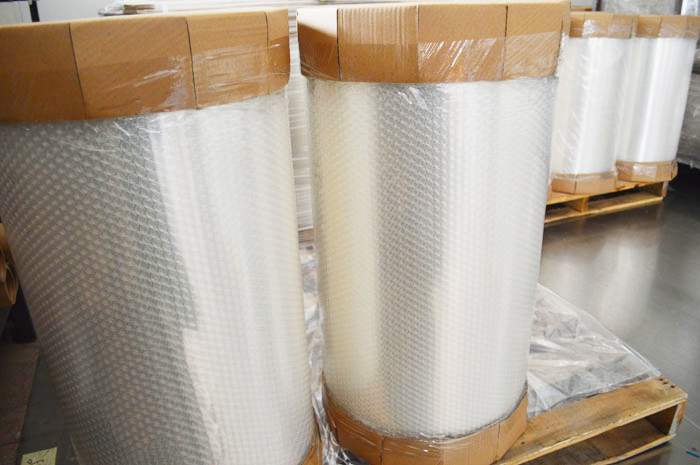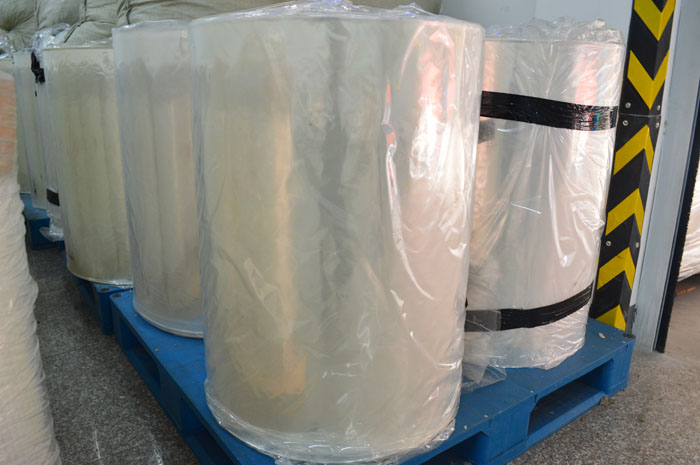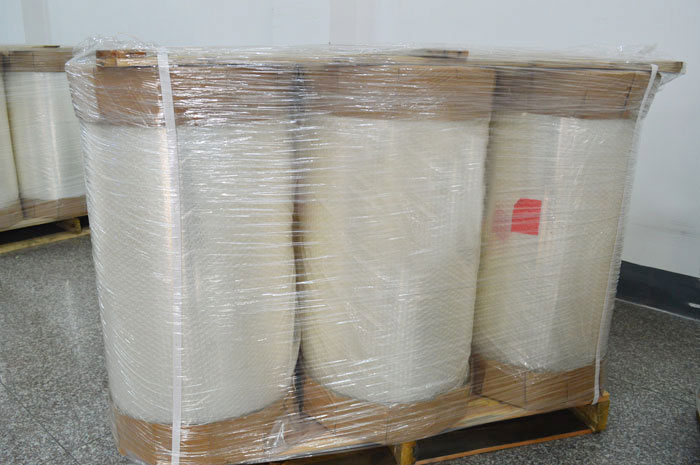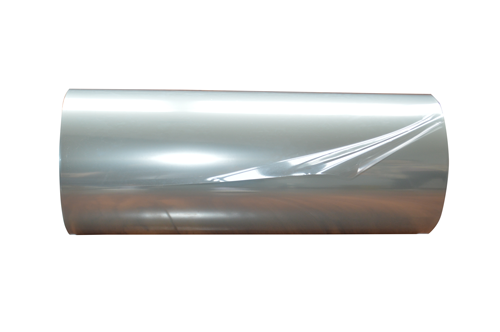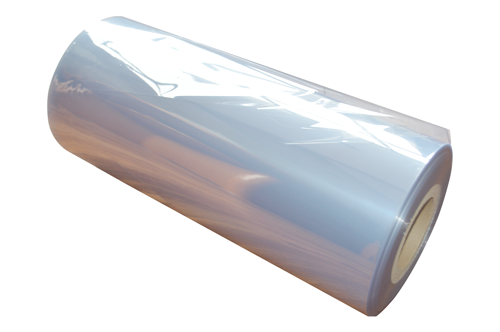Heat shrinkable film can be divided into soft heat shrinkable film and hard heat shrinkable film
Some users will refer to synthetic leathers such as PVC and PU leather as artificial leather or imitation leather. PVC and PU are all polyvinyl chloride (a kind of plastic), but the manufacturing process of these two products is not the same. In the manufacturing process, the PVC leather should be hot melted into a paste, uniformly coated on the base of the T/C knitted fabric according to the specified thickness, and then foamed into the foaming furnace to make it have different products. It can adapt to the softness of various production and different requirements, and the surface treatment (dyeing, embossing, polishing, extinction, roughening, etc.) is carried out at the same time as the furnace, and most of them are carried out according to specific product requirements.
1. The chemical field refers to the compound polyvinyl chloride. This is the meaning of the wide use of PVC.
2, medical refers to irregular heartbeat.
3. In the electronic field, it refers to the long-term virtual link in ATM and X.25.
PVC is a thermoplastic resin obtained by polymerizing vinyl chloride under the action of an initiator. It is a homopolymer of vinyl chloride. The vinyl chloride homopolymer and the vinyl chloride copolymer are collectively referred to as vinyl chloride resins. PVC is a white powder with an amorphous structure and a small degree of branching. Stabilizers are added in practical applications to improve the stability to heat and light. PVC is very hard and has poor solubility. It can only be dissolved in a few solvents such as cyclohexanone, dichloroethane and tetrahydrofuran. It is stable to organic and inorganic acids, alkalis and salts, and its chemical stability increases with the use temperature. And lower. PVC is dissolved in acetone-carbon disulfide or acetone-benzene mixed solvent, used for dry spinning or wet spinning to form fibers, called polyvinyl chloride. It is flame retardant, acid and alkali resistant, resistant to microorganisms, abrasion resistant and has good heat retention and elasticity. Since the polyethylene molecule does not contain a polar group and has high crystallinity and low surface free energy, the film has poor printing performance and poor adhesion to inks and adhesives, so it is required before printing and compounding. Surface treatment.
Can be divided into soft shrink film and hard heat shrink film. Hard PVC accounts for about 2/3 of the market, and soft PVC accounts for 1/3. Soft PVC is generally used for the surface of floors, ceilings and leather, but because soft PVC contains softener (this is also the difference between soft PVC and hard PVC), it is easy to become brittle and difficult to store, so its scope of use has been limited. Hard PVC does not contain softener, so it has good flexibility, easy to form, is not brittle, and has a long storage time, so it has great development and application value. Hereinafter referred to as PVC. The essence of PVC is a vacuum plastic film used for surface packaging of various types of panels, so it is also called decorative film, with adhesive film, used in building materials, packaging, medicine and many other industries. Among them, the building materials industry accounts for 60% of the total, followed by the packaging industry, and there are several other small-scale applications.
1. The chemical field refers to the compound polyvinyl chloride. This is the meaning of the wide use of PVC.
2, medical refers to irregular heartbeat.
3. In the electronic field, it refers to the long-term virtual link in ATM and X.25.
PVC is a thermoplastic resin obtained by polymerizing vinyl chloride under the action of an initiator. It is a homopolymer of vinyl chloride. The vinyl chloride homopolymer and the vinyl chloride copolymer are collectively referred to as vinyl chloride resins. PVC is a white powder with an amorphous structure and a small degree of branching. Stabilizers are added in practical applications to improve the stability to heat and light. PVC is very hard and has poor solubility. It can only be dissolved in a few solvents such as cyclohexanone, dichloroethane and tetrahydrofuran. It is stable to organic and inorganic acids, alkalis and salts, and its chemical stability increases with the use temperature. And lower. PVC is dissolved in acetone-carbon disulfide or acetone-benzene mixed solvent, used for dry spinning or wet spinning to form fibers, called polyvinyl chloride. It is flame retardant, acid and alkali resistant, resistant to microorganisms, abrasion resistant and has good heat retention and elasticity. Since the polyethylene molecule does not contain a polar group and has high crystallinity and low surface free energy, the film has poor printing performance and poor adhesion to inks and adhesives, so it is required before printing and compounding. Surface treatment.
Can be divided into soft shrink film and hard heat shrink film. Hard PVC accounts for about 2/3 of the market, and soft PVC accounts for 1/3. Soft PVC is generally used for the surface of floors, ceilings and leather, but because soft PVC contains softener (this is also the difference between soft PVC and hard PVC), it is easy to become brittle and difficult to store, so its scope of use has been limited. Hard PVC does not contain softener, so it has good flexibility, easy to form, is not brittle, and has a long storage time, so it has great development and application value. Hereinafter referred to as PVC. The essence of PVC is a vacuum plastic film used for surface packaging of various types of panels, so it is also called decorative film, with adhesive film, used in building materials, packaging, medicine and many other industries. Among them, the building materials industry accounts for 60% of the total, followed by the packaging industry, and there are several other small-scale applications.






